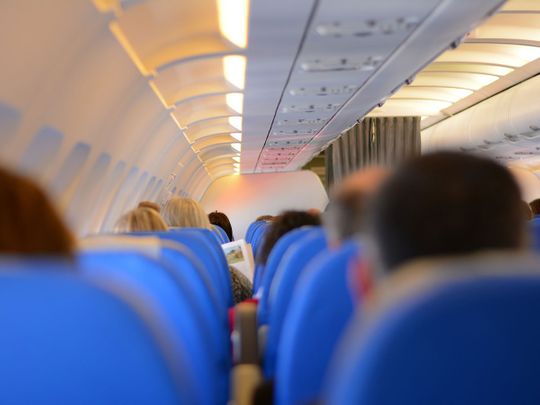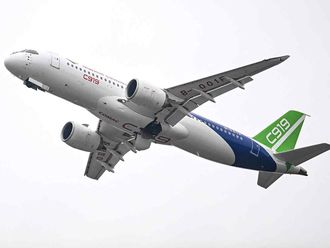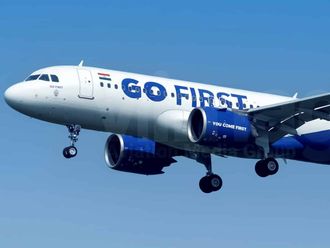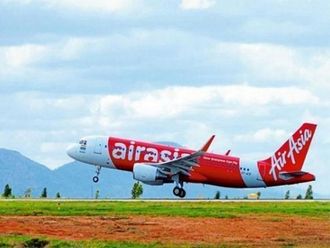
Cape Town: Speculation that South African Airways is in danger of going under could become self-fulfilling.
The national carrier has been given 57 billion rand ($3.9 billion) in bailouts since 1994 and last made a profit in 2011.
Its already precarious finances took another hit last month when workers staged a week-long strike that grounded a number of flights, and customers have cancelled bookings on others.
The extent of the carrier’s cash crisis was on stark display when it missed a deadline to publish its financial statements, due at the end of October, and delayed paying workers’ their full salaries for November.
While Public Enterprises Minister Pravin Gordhan has said he’s working on a plan to enable SAA to continue operating and become viable — further details will be released this week — Finance Minister Tito Mboweni has said it would be better if the airline was shut down.
Descent into financial chaos
“SAA is now looking over the edge of a financial abyss,” said Raymond Parsons, a professor at North-West University’s Business School. “Its balance sheet viability game is now very much in injury time. Tough strategic decisions need to be urgently implemented to put it on a sustainable footing and to regain the confidence of customers and other stakeholders.”
Companies are losing faith that the airline can and will be saved. Sanlam Ltd’s Travel Insurance Consultants unit said it will exclude SAA from its insolvency cover. That announcement and the government’s mixed messages about bailing out the airline again prompted Flight Centre Travel Group Ltd., one of South Africa’s biggest travel companies, to stop selling the state airline’s tickets.
“We have had to make an immediate move to mitigate the risk to ourselves and our clients,” said Andrew Stark, Flight Centre’s managing director for Middle East and Africa.
Further undermining
The biggest and most immediate impact of the loss of insurance cover and travel agency bookings will be on SAA’s domestic business travel revenue, according to Joachim Vermooten, an independent airline economist. The effect on its international business will take longer to determine, because the bulk of passengers on those flights are tourists. Many of them book tickets well in advance, and it’s too early to say whether the airline can survive, Vermooten said.
SAA, which offers flights to more than 30 local and international destinations, began operating in 1934 when the government took over the assets and liabilities of Union Airways. The government sold a 20 per cent stake in the carrier to Swissair in 1999 and bought the shares back in 2002 after the Swiss carrier went bankrupt. While the government has said it will consider selling an equity stake, no tangible progress has been evident.
Alf Lees, finance spokesman for the main opposition Democratic Alliance, urged the government to take a hard line. “If government gives it more money, SAA will simply continue with its bad business practices and then will end up in the same situation again in the near future,” he said.











